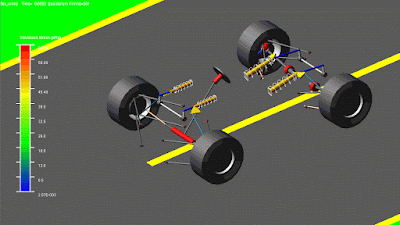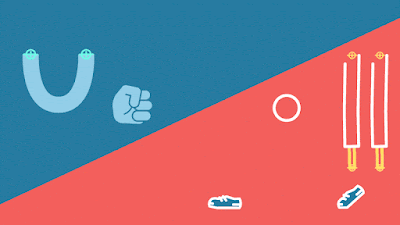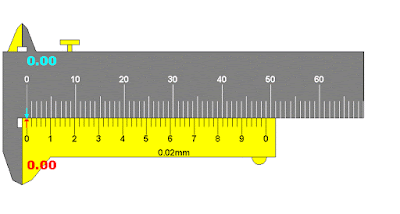About the
Subject:
Automotive electronics are any electrically-generated systems used in road vehicles, such as carputers, telematics, in-car entertainment systems, etc..Automotive electronics originated from the need to control engines. The first electronic pieces were used to control engine functions and were referred to as engine control units (ECU). As electronic controls began to be used for more automotive applications.
Automotive electronics are any electrically-generated systems used in road vehicles, such as carputers, telematics, in-car entertainment systems, etc..Automotive electronics originated from the need to control engines. The first electronic pieces were used to control engine functions and were referred to as engine control units (ECU). As electronic controls began to be used for more automotive applications.
Evolution of electronics in
automobiles – emission laws Ignition systems: Ignition fundamentals -
Programmed Ignition –Distribution less ignition - Direct ignition – Spark
Plugs. Electronic fuel Control –Engine fuelling and exhaust emissions – Electro
Time to be
planned :
1 or 2 days
1 or 2 days
Kind of
program :
3D based Seminar and Guest Lecture for
the Students
Reason for
the program :
Kalam Scientist Team aiming to build young generation Scientist.
Kalam Scientist Team aiming to build young generation Scientist.

































